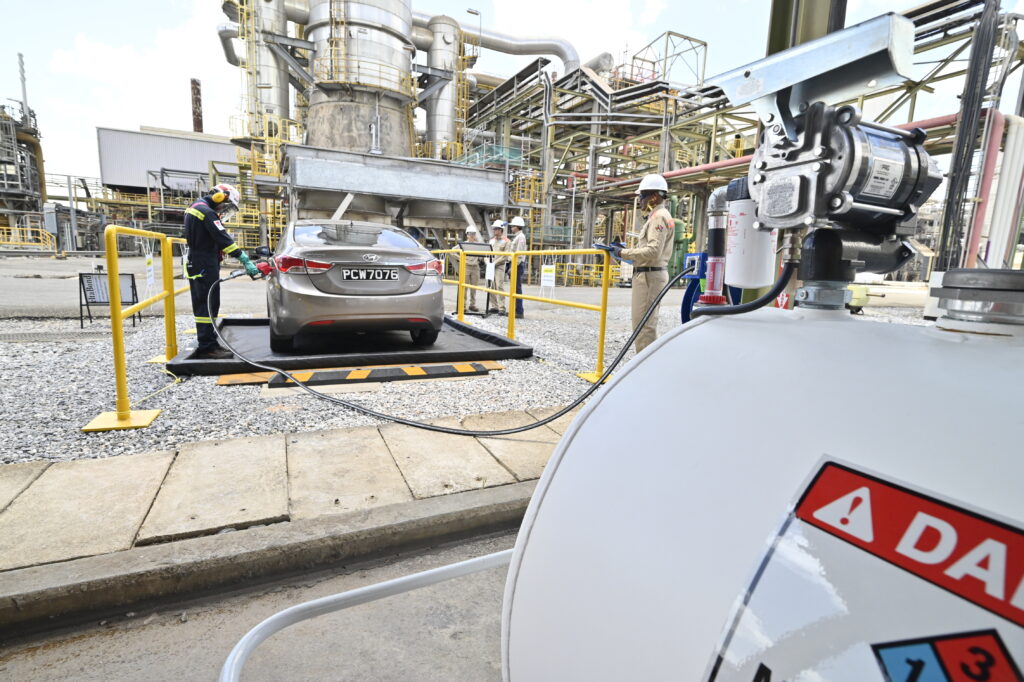Passenger & Cargo Vehicle Fuel
Methanol is an affordable substitute for gasoline and diesel in countries looking to transition away from fuels that contribute to high levels of air pollution. Methanol’s efficient combustion, safety, ease of distribution and wide availability around the world make it an attractive alternative fuel for transportation. Demand for methanol as a transportation fuel stems from:
| 1 | Additives or fuel blends |
| 2 | Passenger, public transport, and heavy/light duty vehicles |
| 3 | Heating for domestic and industrial applications |
Additives or fuel blends
Methanol is used to manufacture methyl tertiary butyl ether (MTBE), a gasoline additive that reduces tailpipe air emissions, and to produce fuels like biodiesel, which is a diesel alternative. We anticipate methanol demand for biodiesel and MTBE will reach approximately 17 million tonnes per year in 2028.

Passenger, public transport, and heavy/light duty vehicles
There are currently approximately 25,000 M100 sedans and methanol hybrid passenger cars and 5,000 heavy duty trucks running on methanol in China, with a demand of approximately 1 million tonnes per year.
Methanol is an affordable substitute for gasoline and diesel in countries looking to transition away from fuels that contribute to high levels of local air pollution. Methanex already sells approximately 3 million tonnes of methanol annually for biodiesel, methyl tertiarybutyl ether (MTBE) and fuel applications.
Heating for domestic and industrial applications
Methanol can help improve local air quality by reducing air emissions compared to traditional fuels such as diesel or coal. Methanol-fuelled boilers in China generate heat and steam for industrial applications, and methanol provides a heat source for commercial and residential applications like kilns and cooking stoves.
Methanol can be used as a fuel for thermal applications, including industrial boilers, kilns, heating furnaces and cooking fuel. When used in thermal applications, it has significantly lower local air pollutant emissions (i.e., NO×, SO× and particulate matter) than coal or other fossil fuels.
To learn more, please visit page 37 of the 2024 Sustainability Report.

